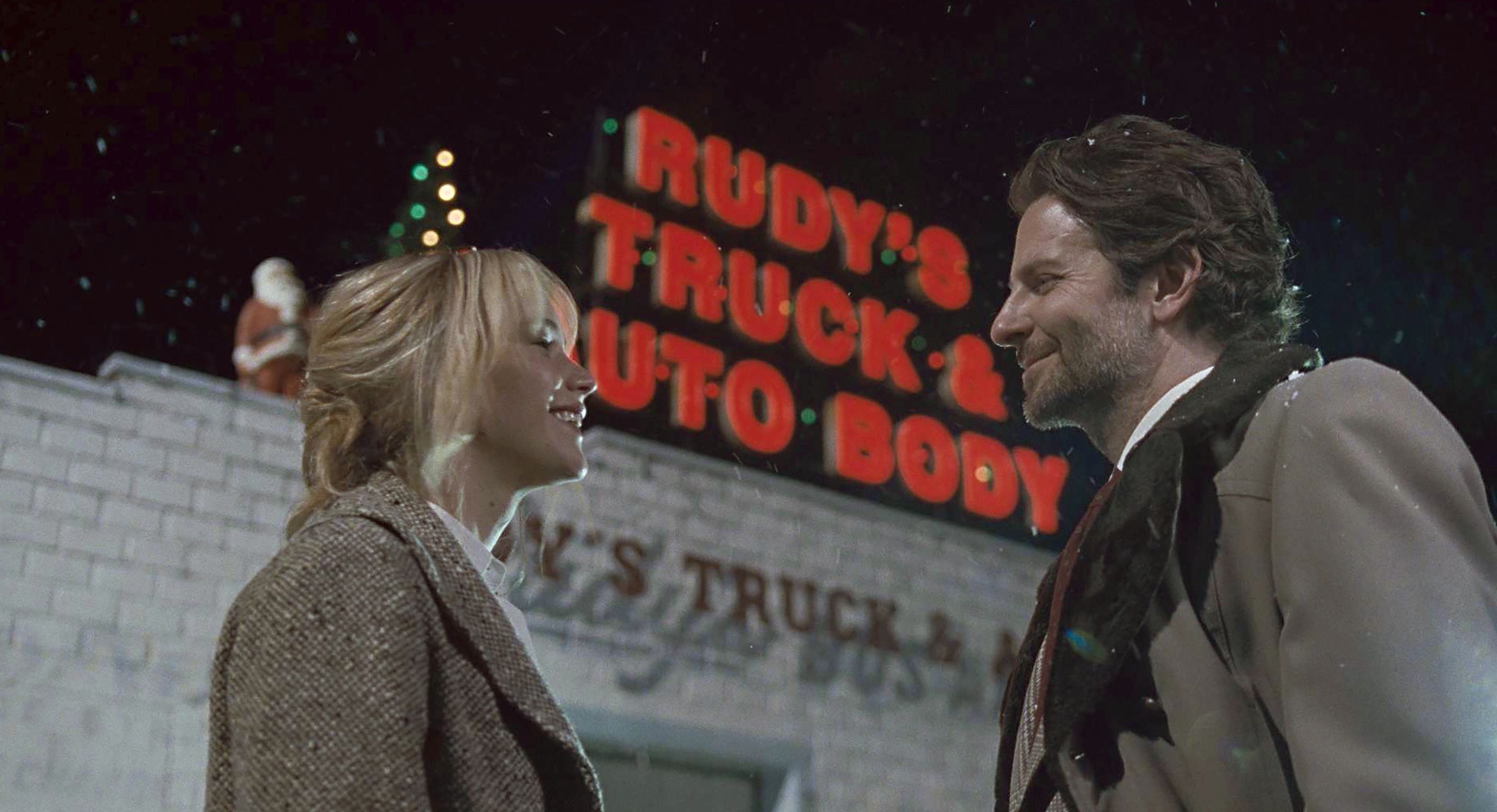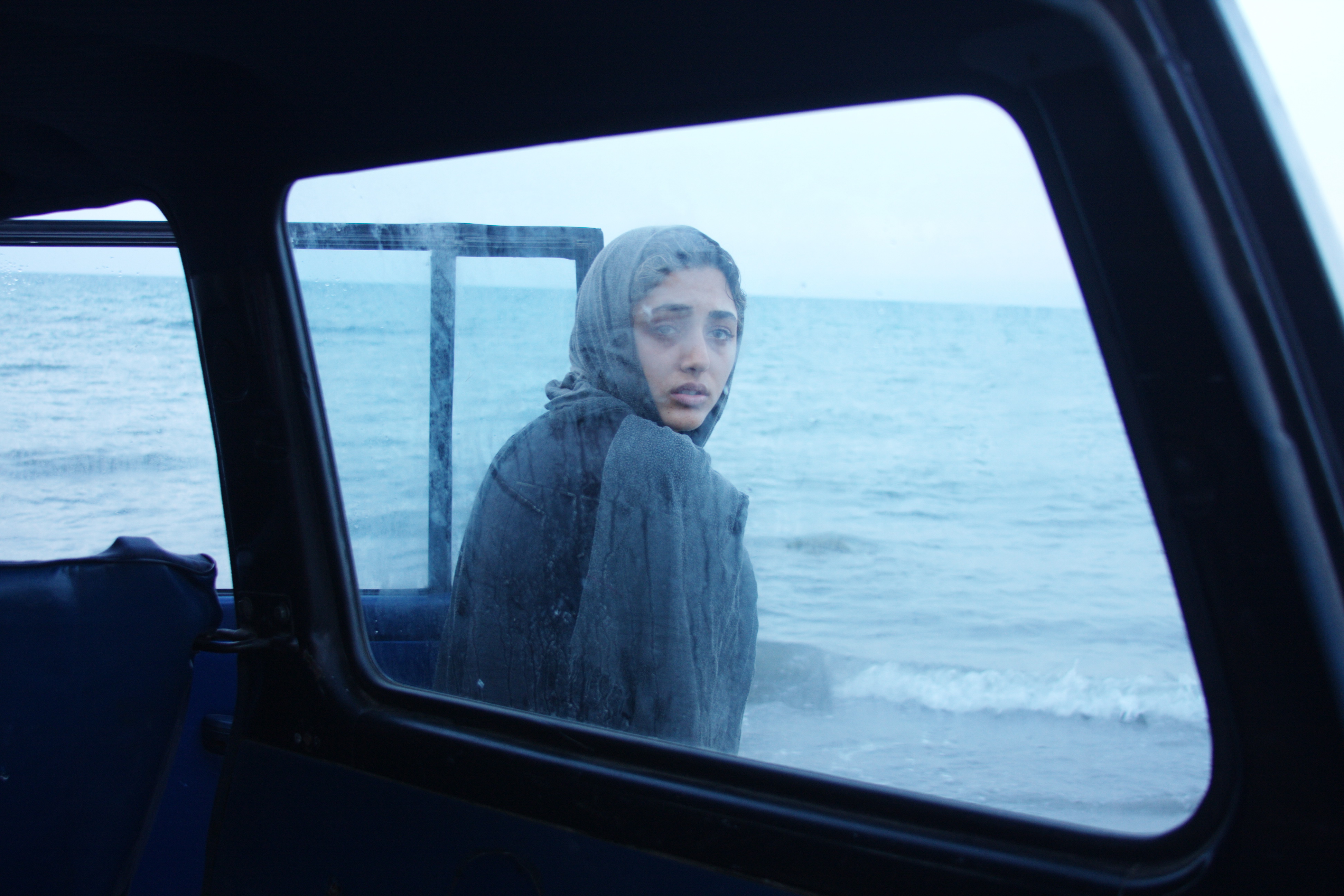The largest ferry system in the nation also carries the largest cargo of discontent. The boats keep crashing, their aging hulls crack open with rust, commuters regularly get stranded on both sides of Puget Sound, and no private carrier is capable of competing with the state monopoly. Even worse, Bainbridge commuters still have a better beer selection than those on the boats to Bremerton! Apart from the summer tourists contentedly sailing in the San Juans, everyone seems to hate Washington State Ferries.
How did we end up with this waterborne albatross, this Amtrak on the Sound? Believe it or not, it was complaints about spotty service, broken schedules, aloof management, and costly fares that originally drove the state into the ferry business a half-century ago. Back then the ferries were a money-losing monopoly run by an unpopular, gruff mariner, born in Port Townsend to an old nautical family, who warned us against “creeping socialism.”
That was Capt. Alexander Peabody (1895–1980), a severe, inflexible autocrat equally resented by his unions and his customers. Inheriting a family business with roots dating back to 1817, he ruthlessly consolidated ferry lines during the 1930s, profited during the booming World War II years, then sold an overburdened, rickety franchise-in-decline to the state, which expected to replace it soon thereafter with a cross-Sound bridge.
Onto us, the taxpayers, he dumped a leaky, old fleet in need of replacement. Onto us he dumped artificially low, war-regulated fares that couldn’t be maintained. Onto us he dumped postwar expectations of freedom, car-based mobility, and suburban sprawl—that we should be able to travel wherever we want, whenever we want, for little more than the price of gasoline.
Like Noah Cross in Chinatown or Daniel Plainview in There Will Be Blood, Peabody made his fortune feeding our greed. Then he left the table just when our transportation lust led to an audacious bridge plan that would greatly devalue his franchise. We never got the bridges, and we’re still stuck with the ferries. Some bargain.
If Peabody wasn’t a swindler, he was a briny genius with perfect timing. He sold us a problem—for all of $5 million!—that has since cost hundreds of millions to maintain. And now, as the latest governor to inherit this perennially unhappy, mismanaged, gas-tax-subsidized system proposes to spend $100 million on three new boats, Peabody can be heard laughing from the grave.
The Black Ball Line
We always want to believe that robber barons come from someplace else, preferably back East or overseas, with an accent, monocle, or eye patch. But like Bill Gates, Alexander Peabody was born into a local family of good standing. A fourth-generation mariner, he learned the ropes under his father, Charles Peabody, who established the Puget Sound Navigation Company in 1897. Young Alexander grew up on Capitol Hill, studied at Cornell, and later served as a seaman during World War I before returning home to the family fleet.
During the early 1920s, the Peabodys’ company basically hauled freight and people, not vehicles. (That distinction would later prove critical to its business model.) Puget Sound was crawling with boats under every flag, from small “coasters” delivering commuters and farmers to Vashon and Bainbridge islands to large steamships bound for Vancouver. Big corporations—especially the railroads—owned much of the waterfront. With its base at the Colman Dock, the Peabody ferry system was a profitable, well-run business, spilling foot passengers onto downtown streets where the first private automobiles were beginning to appear.
Assuming leadership of the company, owned by the family and outside shareholders, in 1928, Alexander Peabody quickly availed himself of the old and new. He dusted off the family flag from the Black Ball Line, which was first flown on the Atlantic during the early 1800s, before the family ventured to the Pacific, Canadian waters, and finally Puget Sound. At the same time, he began converting some boats to handle car traffic by ripping off the superstructure above the hull, then adding flat decking to park Model Ts and Model As. (When cars later got bigger, so, too, did the ferries.) Then a new raised cabin was built above that—essentially the same design employed today.
At the time, Capt. Peabody—as he was universally known—faced the competition of two other ferry companies. But as a 1959 university study of his business would later note, he was a fearsome competitor:
He was, and is, a large-framed man with a forceful bass voice and a strong personality. Impatient with formalities, Peabody had a deep dedication to the free enterprise system. Many Seattleites who knew him saw in Peabody, with his homburg, his prominent if not meticulously maintained moustache, his expensive cigars, and his individualism, some resemblance to the captains of industry of earlier days.
By 1936, he had a monopoly on Puget Sound, as rivals succumbed to labor woes and even a few sinkings. Critically, he was able to expand his fleet even during the Depression with the cut-rate purchase of 17 used car ferries.
Though Peabody did build some new boats—including his fleet’s shining, streamlined centerpiece, the Kalakala—he shrewdly contained his capital outlays by buying cast-off boats from San Francisco. There, private ferry companies were steadily going out of business thanks to the newly completed Golden Gate and Bay bridges. Bridges and ferries basically couldn’t coexist on the same route, a fact that Washington state politicians would later grasp.
But into the 1940s, owning a ferry franchise where there were as yet no bridges to compete for car traffic was a lucrative enterprise. Peabody could, and did, buy properties near his various ferry docks to connect his fleet with an expanding state highway system. He benefited, on the water, from the pavement Washington state was pouring with gasoline tax revenues.
World War II came as another government-bestowed blessing, as ferries began running round the clock at full capacity to the U.S. Naval Shipyard in Bremerton. Although the state regulated the Black Ball Line’s fares, as it did with other wartime industries, Peabody could still profit by selling a lot of those price-capped tickets on his rusty old boats.
After Japan’s surrender, Peabody felt he could fairly revert prices to prewar levels, which hit the outraged public as a 30 percent fare hike. As a businessman, his logic was plain: Unions were demanding shorter hours and wage increases from wartime freezes, and the number of U.S. Naval Shipyard workers in Bremerton had plummeted. He didn’t have the customers, so he had to raise prices to meet costs. He told a skeptical Vashon gathering the Black Ball Line was losing $125,000 a month.
When regulators refused to approve the rate increases, Peabody pointedly docked his 22 boats for nine days in 1948, halting most maritime traffic on Puget Sound. The Navy was forced to use surplus World War II landing craft to ferry its Bremerton laborers to the shipyards and back. Fifty years before laptops and telecommuting, ordinary office workers simply stayed home; as many as 115,000 riders were affected.
Peabody was promptly called “a law violator” by the director of the state Transportation Department, Paul Revelle (a cousin of of Randy Revelle, who became King County executive in the early 1980s), and branded “a robber baron” by other politicians. Vashon Island’s most famous author, Betty MacDonald of The Egg and I (a popular memoir of life on a chicken farm), lambasted Peabody on a radio broadcast called “The Bad Egg and I.”
Peabody lashed back at state regulators in a 1948 letter (best read in the voice of John Huston or Daniel Day-Lewis):
The company is in this situation through no fault of its own. The State of Washington…has ordered that the service must be furnished at rates not to exceed 10 percent in excess of those established ten years ago. The company is unable to finance the losses which would necessarily result. Therefore, it becomes the responsibility of the State of Washington to provide for the continuance of service. To make this possible, the company offers to lease its vessels and facilities [to the state].
Or, in words an ordinary boatman or commuter would understand: Think it’s easy to run a ferry company that pays for itself? Try it yourself, sucker.
The Ferry Wars
The key word in Peabody’s letter was “lease.” Then-Gov. Mon C. Wallgren, an ardent New Deal Democrat, wanted to buy the ferries—just as the government had taken control of buses, trolleys, and interurban rail lines—but Peabody “declined to entertain any offer,” according to notes from a state meeting. Gov. Wallgren fumed to the feds: “At present, we are faced with a critical emergency due to the fact that one operator controlling most ferryboats has defied state government regulations and refuses to operate his ships.”
Having made his point, Peabody eventually started up the boats again. And he had an ally in the wings during that election year of 1948. Former Gov. Arthur Langlie, a fellow Republican, needed a campaign issue to beat Wallgren out of the office he’d taken from Langlie four years before. And Capt. Peabody was providing the club.
Speaking at a Kitsap business gathering, Gov. Wallgren said that a state-sponsored transportation study projected that a government-owned ferry line could be run in the black, without subsidy. He insisted, “I am confident that there will be more [ferry riders] under state operation…and rates can be lowered.”
Proposing to buy the Black Ball Line with bonds (to be repaid with ferry tickets), Wallgren asked and answered his own question at the Kitsap rally: “Will the ferry purchase saddle a debt on the taxpayers—will it cost them anything? The answer is that it will not cost the taxpayer or the state one cent.”
Those words, it should be mentioned, are not engraved on his tombstone today.
The courts denied Wallgren’s proposed bond issue. And Langlie threw himself behind an even better idea: bridging Puget Sound, a notion then being discussed among engineers. And unlike his “blundering and gullible” political rival, he promised to build a cross-Sound bridge quickly.
Presenting himself as a can-do friend of business, Langlie vowed that when the state took over the money-losing ferries, it would only need to run them for another “six or seven years.” Why? A giant system of Puget Sound bridges would, as in San Francisco, render the ferries moot.
“The probabilities are great that within that time, Puget Sound will be successfully bridged,” said Langlie on the stump. “The necessity for maintaining most existing ferry routes will be removed, and the ultimate cost of Puget Sound crossings will become a mere fraction of today’s level of rates.”
Those words aren’t on his tombstone, either.
Langlie won the ’48 election, and haggling with Peabody continued until the captain finally agreed to sell most of his assets for $5 million in 1951. (He kept some boats and Canadian routes until the Canucks bought him out in the ’60s.) As part of the deal, this Republican governor not only bought the boats (the newest already 16 years old), but accepted all the same labor terms that had eaten into Peabody’s profits in the past.
But not to worry. With various engineering schemes to support him, Langlie envisioned “the construction of a bridge or a series of bridges to afford 24-hour service that eventually would become toll-free” and would put the ferries in dry dock forever.
That construction scheme would later fall victim to a recalcitrant Legislature and the bitter, historical feud between Bremerton, Bainbridge, and Vashon that is still being fought today.
Shipwrecked in Olympia
Gouged by receding Pleistocene glaciers some 15,000 years ago, Puget Sound is both wide—up to six miles in some places—and deep (up to 900 feet). Its tidal currents are extremely strong, and the often fierce winds funneled above the water knocked down the first Tacoma Narrows Bridge in 1940. So for engineers looking to provide an auto-friendly span across Puget Sound, it was infeasible to construct a soaring suspension edifice like the Golden Gate Bridge.
Fortunately, we in the Northwest were pioneers of a more buoyant, prosaic variety. The nation’s longest floating bridge was stretched across Lake Washington in 1940. Paid for with tolls, it became the engineering and financial model for a newly planned waterborne roadway that would extend some three miles—about twice as far as the Lake Washington bridge—between Fauntleroy (in West Seattle) and Vashon Island.
The plan also included several smaller bridges connecting the Kitsap Peninsula to Vashon and Bainbridge islands. Total cost for the project? About $194 million in 1959 dollars (equivalent to $1.4 billion today), as estimated by a San Francisco engineering firm commissioned at the behest of the Washington Toll Bridge Authority.
It was an extremely ambitious scheme, befitting an extremely ambitious governor: Albert D. Rosellini. He had already begun a shorter, cheaper project to serve as a kind of test for Puget Sound: the Hood Canal Bridge, which connected North Kitsap with the Olympic Peninsula and replaced one state ferry route when it opened in 1961. (That it would sink in 1979, like the first Lake Washington Bridge 11 years later, is another story.)
Under the expectation that most of us would soon be traveling by bridge, Rosellini’s engineers recommended closing the ferry runs between Seattle, Vashon, and Bainbridge. And to keep the plan free of subsidies or a diversion of gas taxes—which Eastern Washington legislators would oppose (then as now)—passenger-only ferries to Seattle were nixed as well. “The revenue obtained from three or four commuter trips in the morning and evening would appear to be inadequate to support the operation [of passenger ferries] on a daily basis,” said engineering firm Porter, Urquhart, McCreary & O’Brien. And besides, offering passenger ferries would cause a “coincidental loss of revenue” from tolls on the new bridge.
As in San Francisco, the bridge would kill the ferries. Everyone would drive to work.
Bridges brought prosperity in the postwar ’50s. Even as Rosellini’s Hood Canal Bridge was nearing completion (with ominous cost overruns), the Evergreen Point Bridge, which would open up Bellevue and other Eastside bedroom suburbs, was being planned. (It would eventually be named for the governor.) District by district, state legislators saw how new roads and bridges would attract more voters, taxes, and political clout. Land values, it was assumed, would climb along these routes, just as along the subways of New York City or the railroads of the Old West. For this reason, there was an ongoing battle in Olympia over several sessions to fund rival bridge projects.
Vashon was then predominantly rural, a sleepy farming community. Bainbridge was hardly the wealthy enclave we know today. Bremerton, on the Kitsap Peninsula, was in a postwar slump whose effects are still being felt. What better way to spur economic development, and get out from under the onerous ferry burden, than to connect up by bridge to the bustling metropolis? Bremerton Sun Editor Julius Gius opined:
Ferries are pricing themselves out of business with 10 percent cost increases annually. In 1949, the bridges could have been built for $49 million. Now, with the ferryboat and Hood Canal debt mounting, the project will cost $184 million. We are convinced the Sound should be bridged—and that now is the time to do it.
Tacoma was against the plan because it wanted more traffic and tolls to pay off its own 1950 replacement bridge across the Narrows. Downtown Seattle business interests were in favor; the progressive Municipal League was opposed. It was as bitter a battle as any ever fought over the monorail or viaduct.
As the 36th Legislature convened in the spring of 1959, Gov. Rosellini insisted the cross-Sound bridge at Vashon was “a must for the future development of the state.” The House agreed, passing its bill in early March. In the Senate, however, state Sen. Ralph Purvis, R-Silverdale, introduced a cheaper alternative. The “Purvis Plan” sought to add local bridges, delay the cross-Sound floating bridge, keep the Winslow ferry, but kill the routes from Bremerton and Vashon. Winslow, on Bainbridge Island, would become the new ferry portal to all of Kitsap and beyond. Prospects for the governor’s plan in the full Senate were considered good. But it never made it to the floor. Rosellini’s bill lost in a Senate committee by one vote.
Recalling his defeat, the now 97-year-old Rosellini says he got beat on the issue of price—which is ironic given the cost sinkhole that the ferry system has now proven to be. “I’ve always maintained that ferries are fine, but they’re not profitable in the long run for major crossings,” says Rosellini. “That’s one reason we built the Hood Canal Bridge.”
Would it have been cheaper in the long run for cross-Sound commuters if that crucial vote had gone the other way? “Definitely,” he replies. “It would’ve been. In my judgment, it’s a shame that it didn’t pass. We would’ve had it built within less than 10 years.”
Capt. Peabody’s Ghost
A few years after that fateful vote, Washington State Ferries was already sailing into a sea of trouble. Ticket prices quickly jumped above the 30 percent increase that Peabody had wanted. Even so, by 1961 the ferries could no longer support themselves, and state gas taxes were diverted to keep the system afloat. Total subsidies from multiple sources have historically ranged between 25 percent and 40 percent of the WSF budget. Granted, buses and other forms of mass transit typically receive even higher subsidies, and such subsidies are now generally deemed a social-environmental good to get people out of their cars and reduce tailpipe emissions.
During the ’60s, however, with postwar car ownership soaring, more and more new car ferries had to be ordered from expensive U.S. shipyards to augment Peabody’s original fleet. This led to the Marine Power debacle of the late ’70s and ’80s, when that company’s Issaquah-class boats suffered multiple system failures and routinely rammed docks and sailed wildly off course. Those six trouble-plagued ferries cost $105 million, plus $6 million in state legal costs to recover $8 million from the bankrupt company. And, like today, there’s the cost of schedule disruptions and stranded commuters.
At the management level, to be appointed head of WSF today is to assume a position where old bureaucrats go to die. (Current overseer David Moseley just replaced another 30-year man, Mike Anderson.) It’s the final stop before retirement, the last port of call.
Sexual and racial harassment suits have been endemic since the ’70s. Recalcitrant—and, many thought, overpaid—union members repeatedly struck during the ’80s. Drunken skippers have run boats aground. Famous would-be terrorists have traveled on board, and suspicious sightseers have been profiled and hassled for taking photographs.
In 1999, adding insult to infamy, Tim Eyman’s car-tab Initiative 695 eliminated a quarter of the beleaguered WSF’s budget. Since then, fares have risen 80 percent to cover the shortfall, while ridership has declined 11 percent from 2000 to 2006, according to a report by the state auditor’s office last year.
Meanwhile, in the present state legislative session, there are no plans to revive the passenger-only boats to Bremerton, which operated intermittently—and unprofitably—from 1986 to last year. Vashon Island’s foot ferries continue with support from the King County Ferry District. Bremerton passengers still complain about service, the need for new boats, and being treated worse than their Bainbridge rivals. Next year, Kitsap Transit hopes to begin a trial run to Seattle from Bremerton, while the Puget Sound Regional Council is preparing a study on greatly expanding foot ferries—probably with private companies (and nonunion crews) operating under county contracts. This is the transit model also now being revived in the Bay Area and on the waterways around Manhattan.
We might ask: WWCPD? (What would Capt. Peabody do?) With no state subsidies, he’d likely set fares higher, and perhaps resort to peak-demand pricing. (And maybe charge extra for Wi-Fi and premium beer, too.) Although he didn’t try to break the unions in a business he intended to sell, labor costs and staffing requirements would surely now be on the bargaining table. He’d run the ferries like Southwest Airlines, in other words, not Amtrak.
What Peabody did best was move people, not cars. Meaning that as passenger-only ferries are coming back into vogue (if not in Olympia), his old Black Ball Line looks like a very modern business model.
Sources for this story: Commuters vs. the Black Ball Line, Gore and Shipman, University of Alabama Press. Ferryboats: A Legend on Puget Sound, Bayless and Kline, Bayless Books. Ferries of Puget Sound, Steven J. Pickens, Arcadia Publishing. Moving Washington Timeline, Crowley and Oldham, HistoryLink/UW Press. Puget Sound Ferries, Janus and Neal, American Historical Press. Safe Passage: The Birth of Washington State Ferries, Alan J. Stein, HistoryLink/UW Press. Seattle Public Library: Seattle Room archives; newspaper clipping and microfilm archives (Bremerton Sun, Daily Journal of Commerce, Municipal News, Seattle Post-Intelligencer, The Seattle Times).








